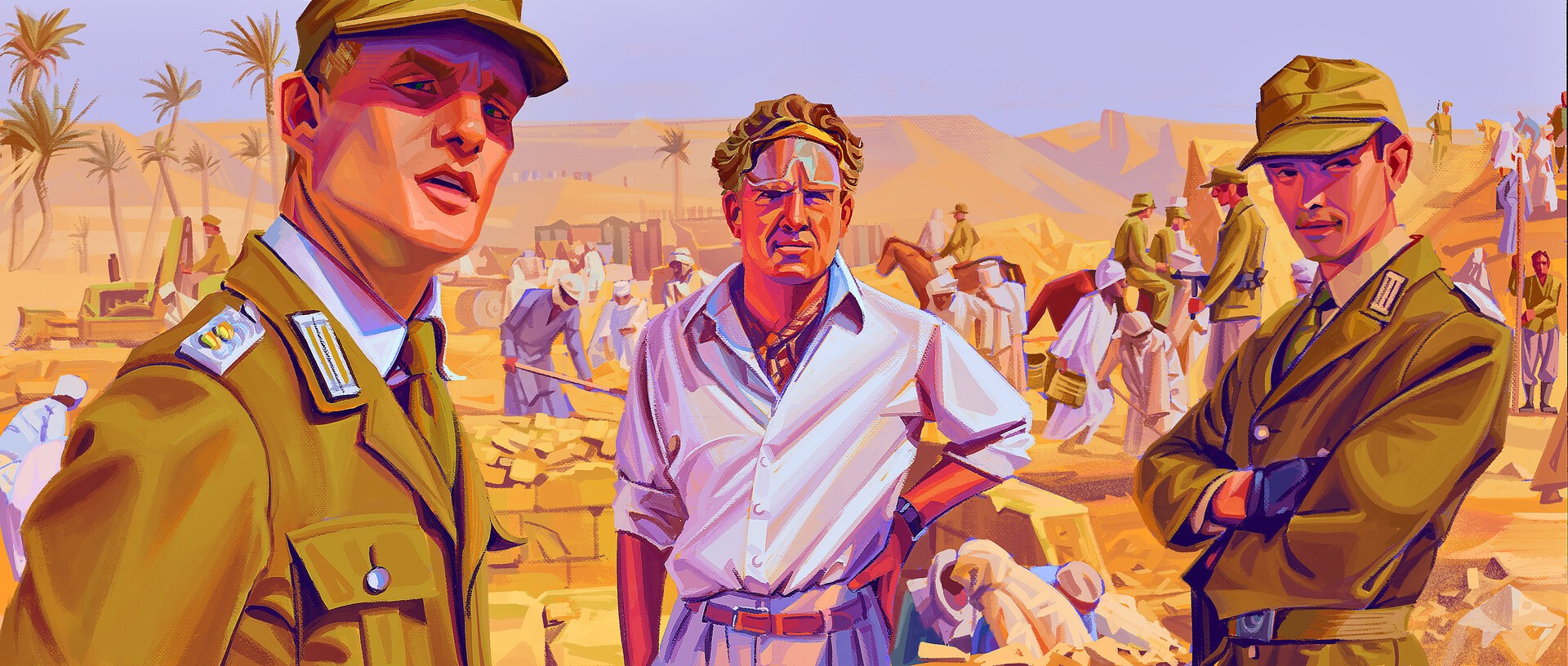We’re excited to introduce you to the always interesting and insightful James Street. We hope you’ll enjoy our conversation with James below.
James, thanks for taking the time to share your stories with us today Can you talk to us about how you learned to do what you do?
One of the sharpest double-edged swords of being an artist is that you’re never done learning. Everything is an ongoing process and any skills you acquire take a lot of work to maintain. For a lot of us, that means that many of those frustrations we deal with when creating and the walls we run into will always be there. There is no shortage of hurdles. But the satisfaction and joy you can find in overcoming those obstacles is similarly unlimited. I’ve burned out several times struggling against a drawing that refuses to match the image in my head. But I’ve found that reawakening your inner student and finding a new subject to study or goal to strive toward is an incredibly reliable and enriching way to muster the strength needed to pick yourself back up and try again.
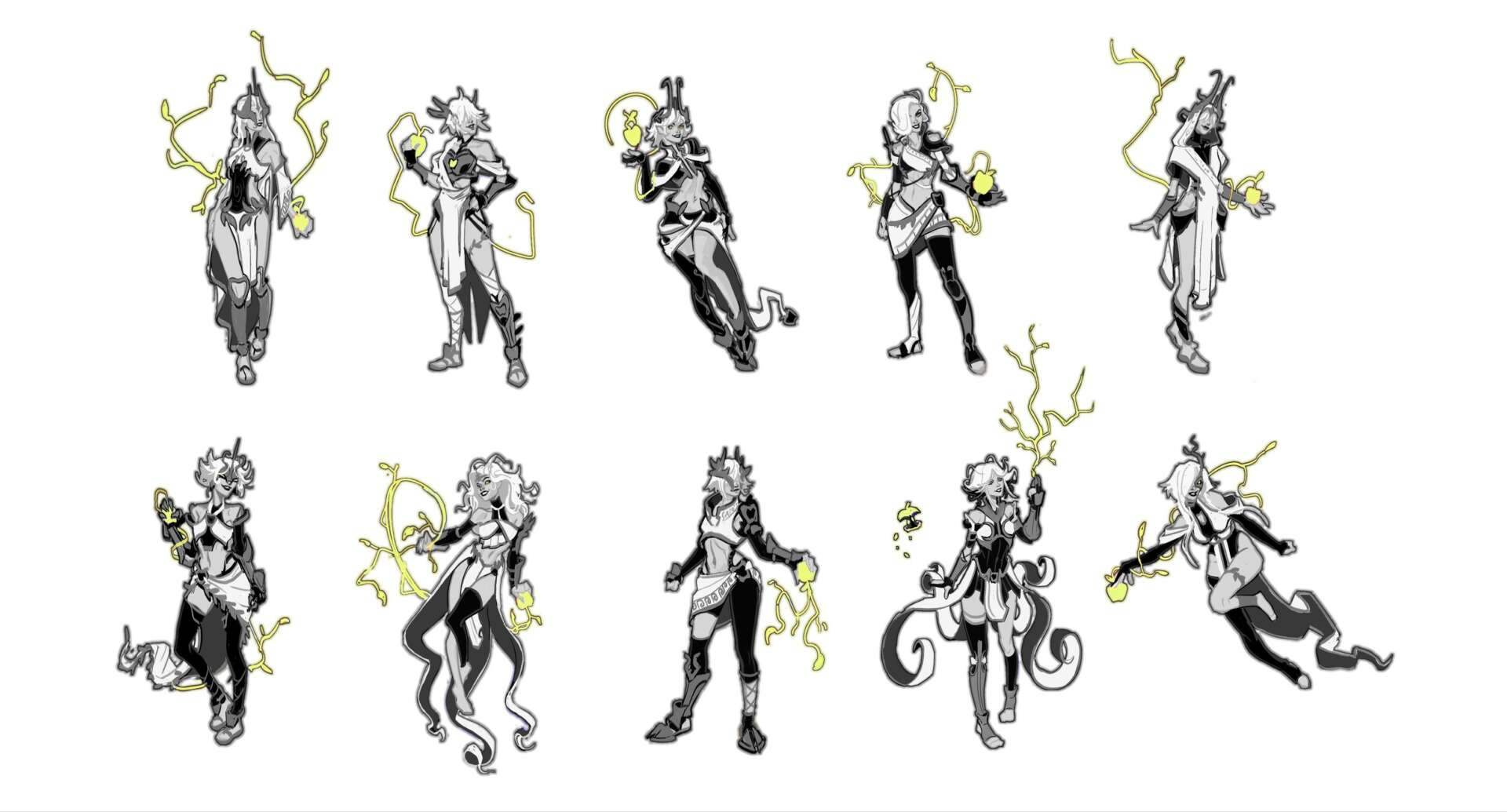
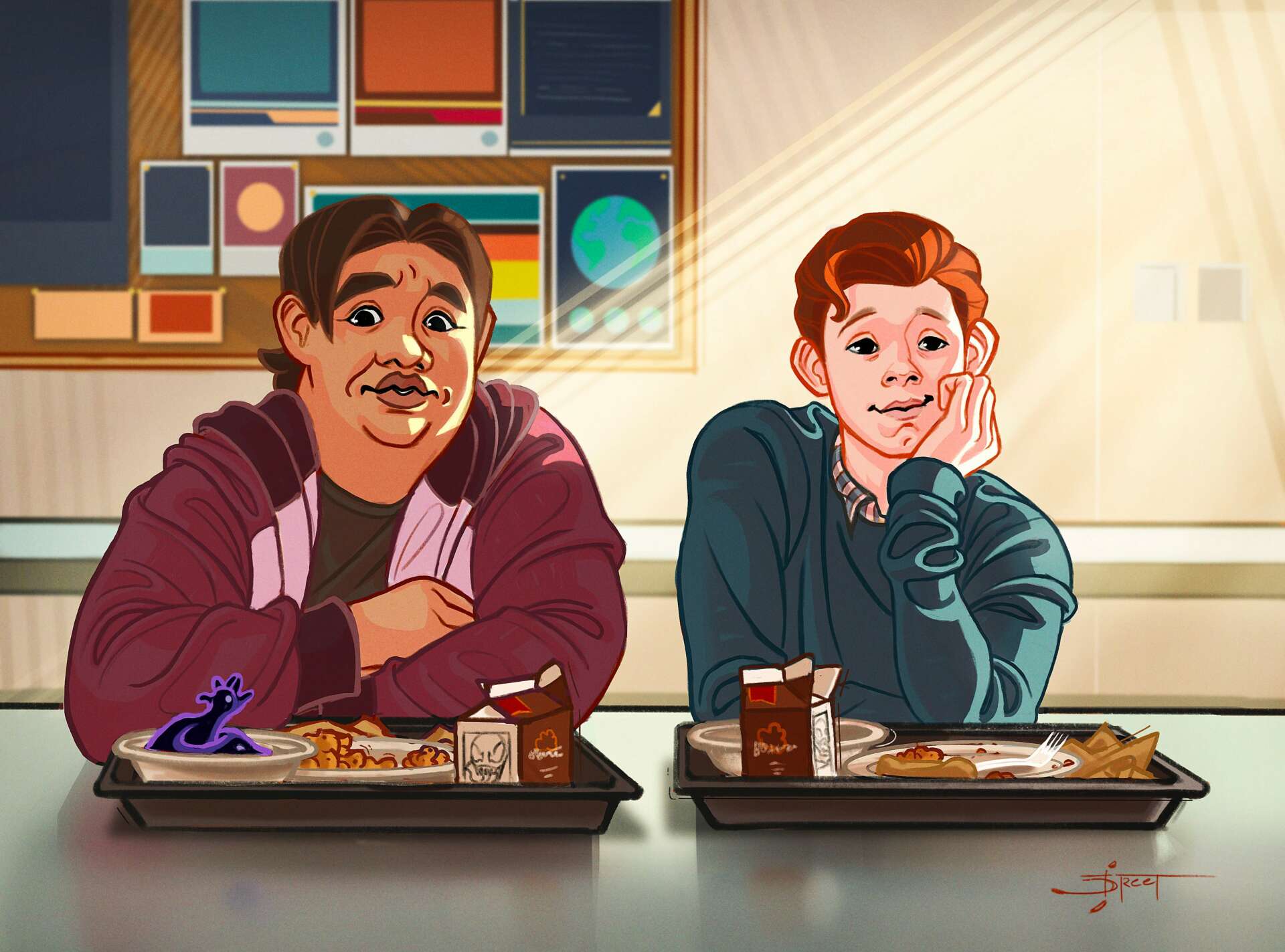
Awesome – so before we get into the rest of our questions, can you briefly introduce yourself to our readers.
My love of art has always been rooted in characters. Growing up, I read a lot of superhero comics and my favorite video games were RPGs that featured unique companions with big personalities. As a character designer, I love drawing people and have a lot of fun finding ways to integrate a character’s personality and background into their design. What can a clenched jaw or furrowed brow say about a person’s demeanor, and what history can be found in a dinged helmet or a pair of ill-fitting boots? What are the visual cues that tell the audience what a character does or where they come from? There are all sorts of ways to tell a story without a single line of dialogue, and my favorite part about being a designer is making abstract ideas visually apparent.
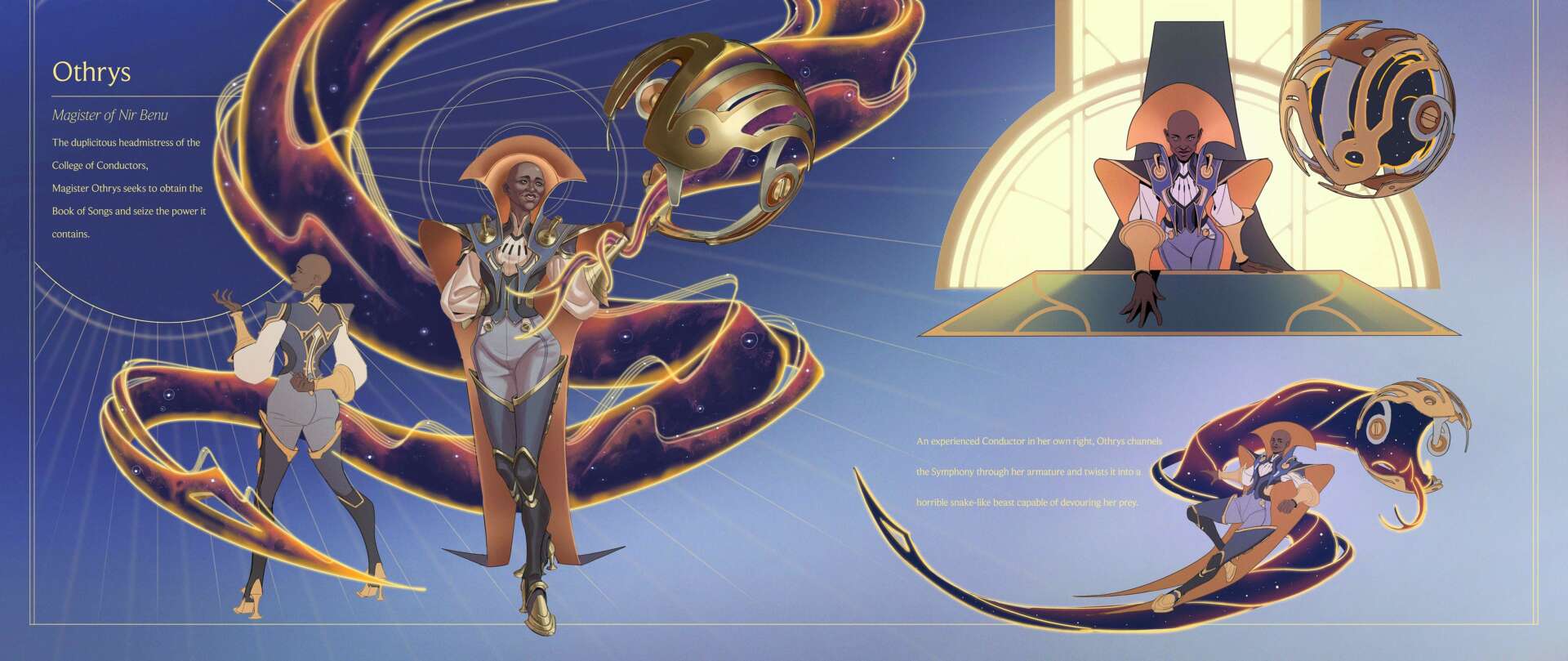
Is there something you think non-creatives will struggle to understand about your journey as a creative?
Making art is hard! I think most people underestimate the difficulty of drawing or painting, but it’s a common trend even among artists to look at the work of their peers and see only the finished product while making assumptions about the work it took to get there. There are always subjects that some take to more easily than others, but much of the time the perception of the godlike artist effortlessly pumping out masterpieces is an illusion. There’s a long and not-so-proud history of old masters hiding their prep work or even having old sketches burned upon their deaths so as to maintain the reputation of a savant who never stumbled or failed. Even with amazing tools like digital tablets and VR modeling software, even the most ‘simple’ art can require a lot of time, research, and even more practice.
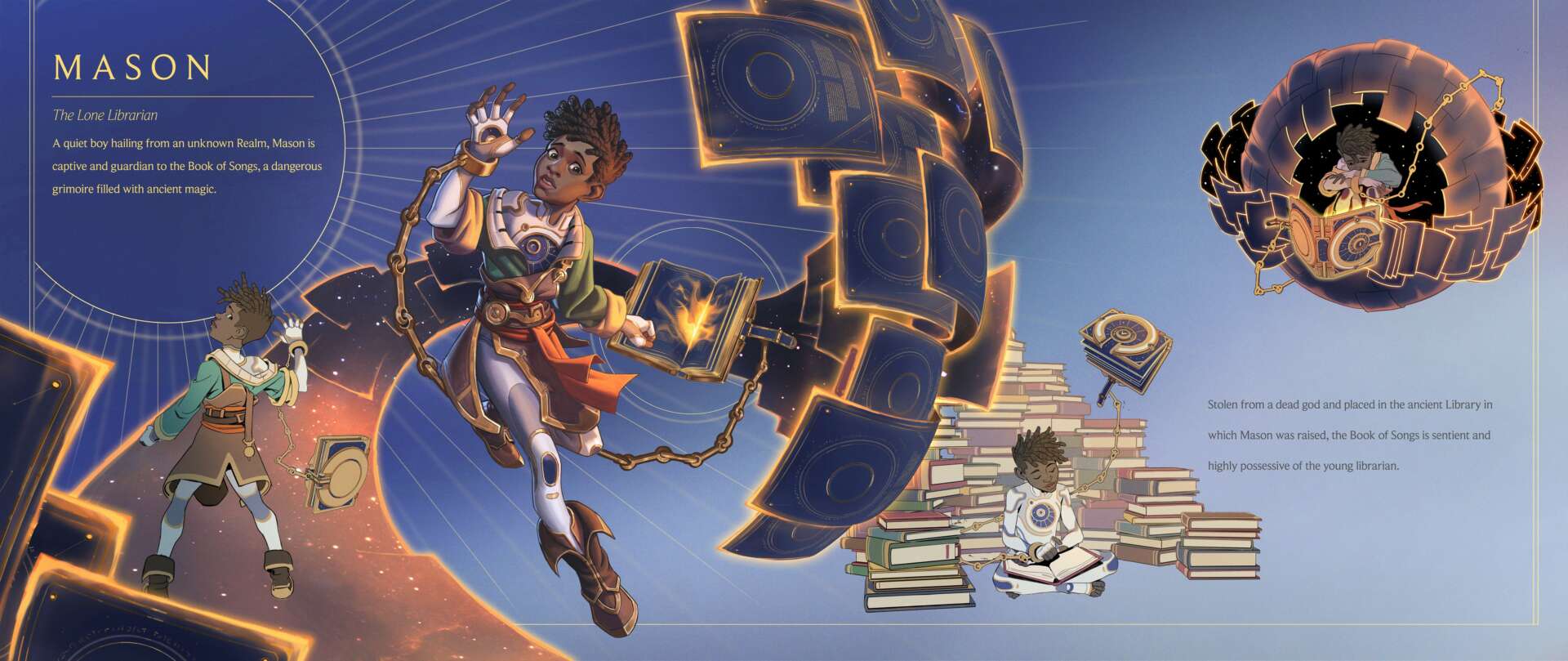
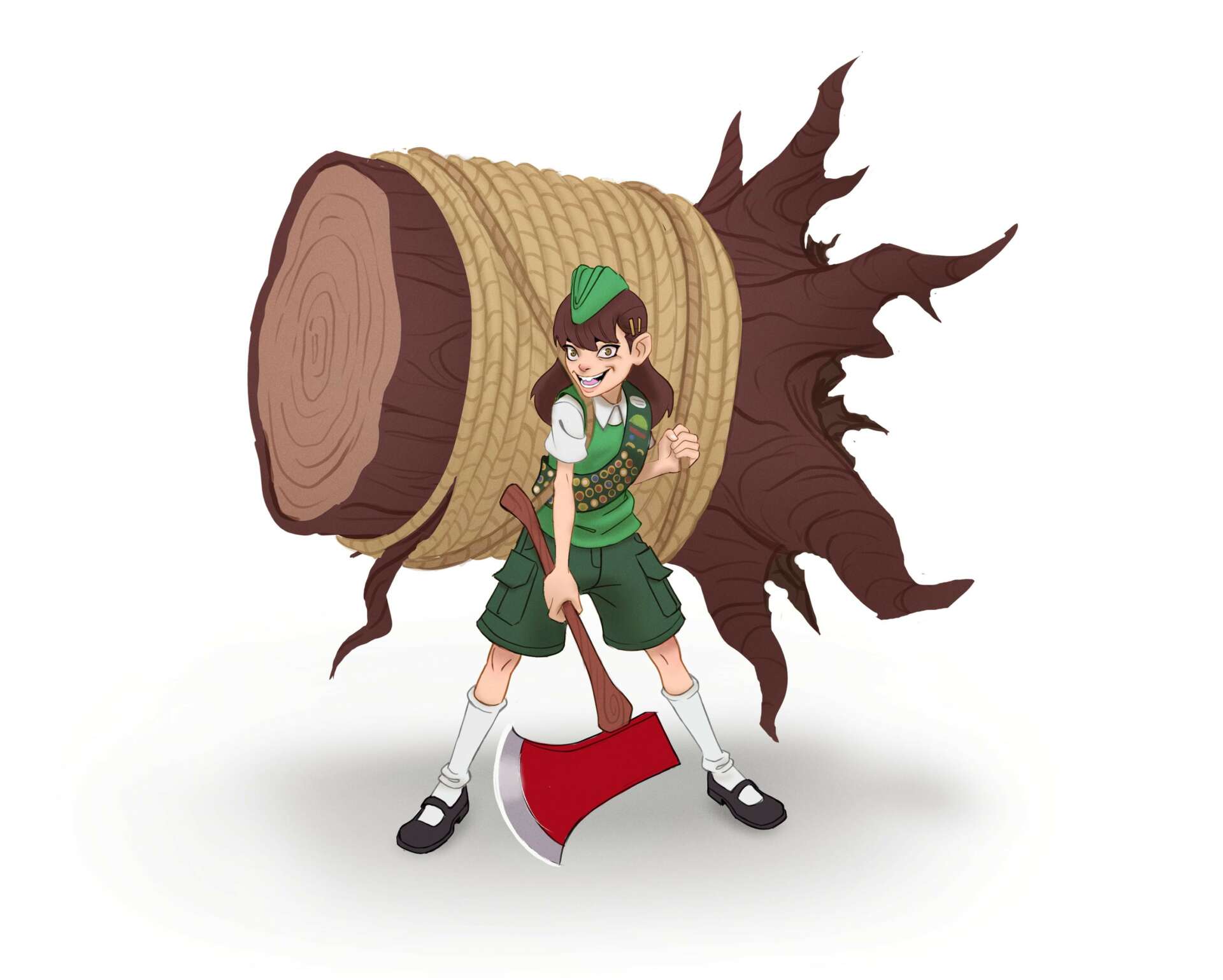
For you, what’s the most rewarding aspect of being a creative?
There’s an undeniable magic involved in taking a thing that exists only in your or someone else’s head and manifesting it in the real world. For me, a lot of art boils down to people being free to let their imaginations run wild and having the vulnerability to share that piece of their inner world with the rest of us. Even if you’re recreating a photo or drawing something that already exists, the process of interpreting the subject through your own hand can be deeply personal and reflective of your own point of view. You can sit a dozen artists in front of the same model at the same angle and force them to draw the same way, and they’ll still show different results. Some will pay more attention to the shape of the nose or brow, while others will prioritize the way the shadows fall across the face. It’s a way to see the world through another’s eyes, and the intimacy of that is something I find very rewarding.
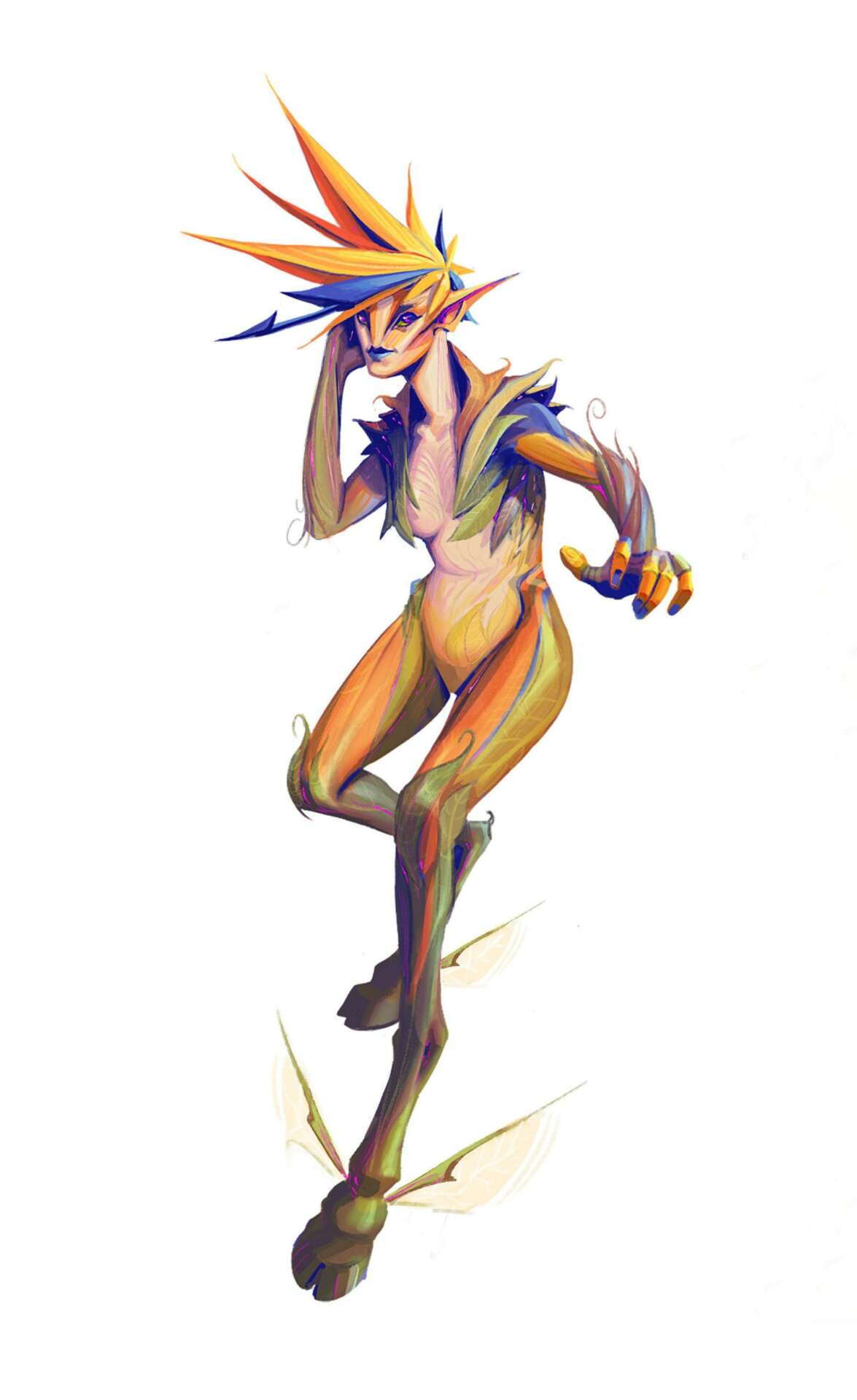
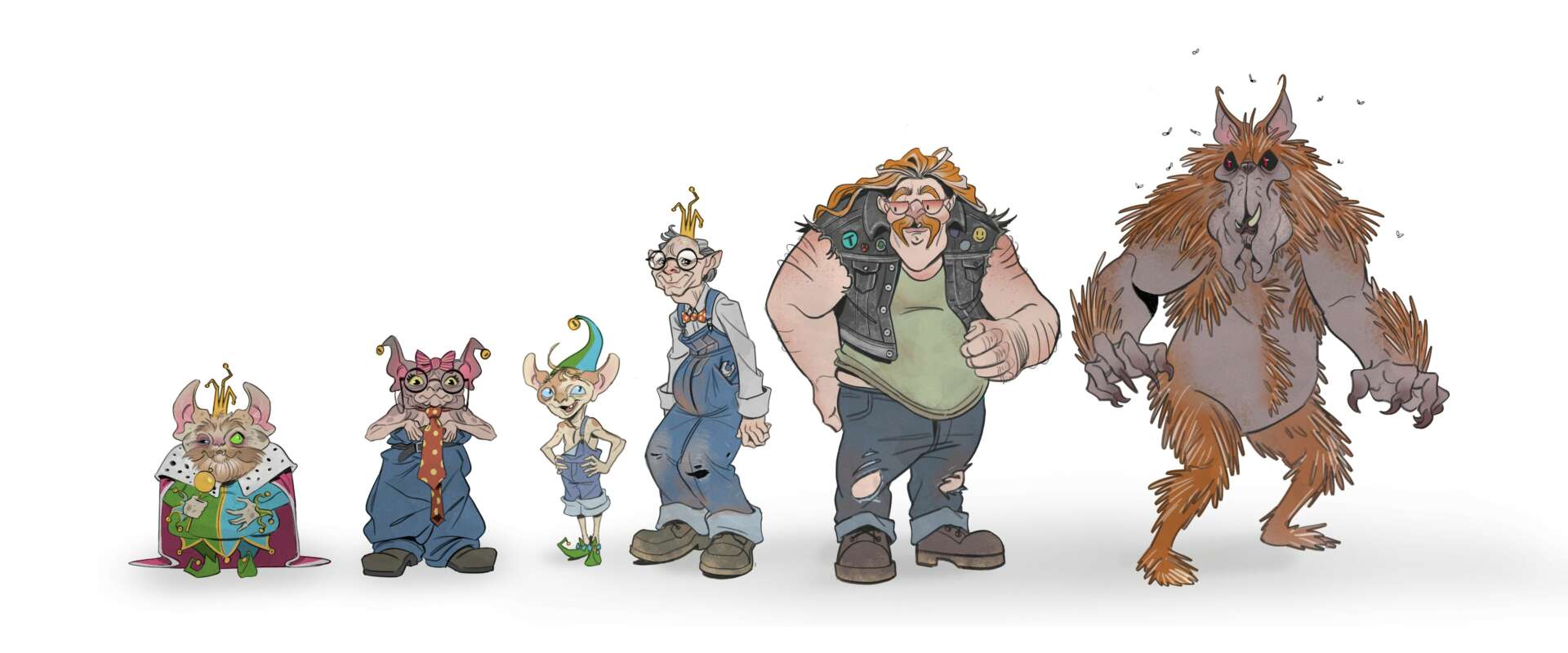
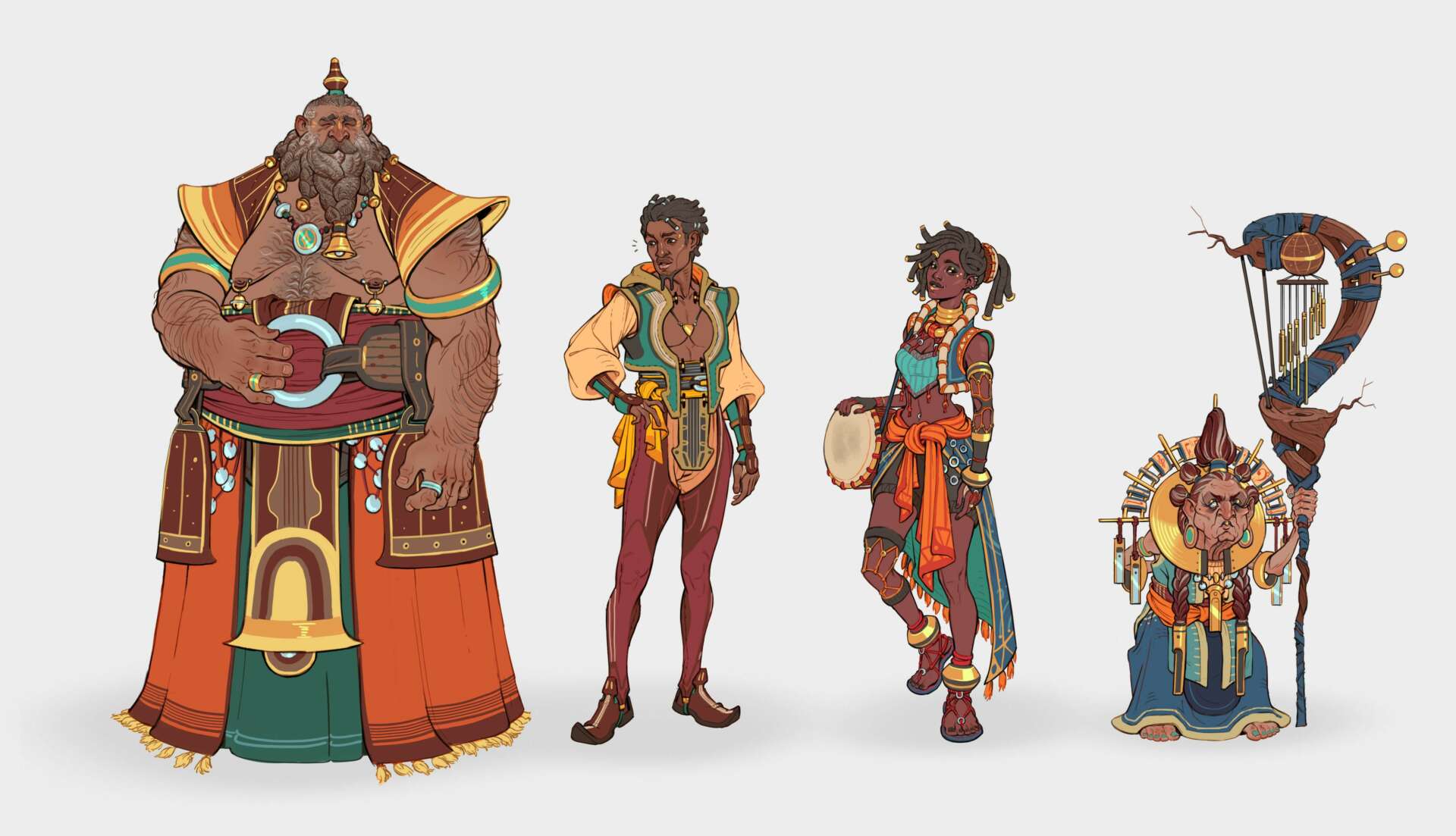
Contact Info:
- Website: https://linktr.ee/jamesstreetart
- Instagram: https://www.instagram.com/jamesstreetart/
- Linkedin: http://linkedin.com/in/jamesstreetart
- Twitter: https://twitter.com/jamesstreetart


